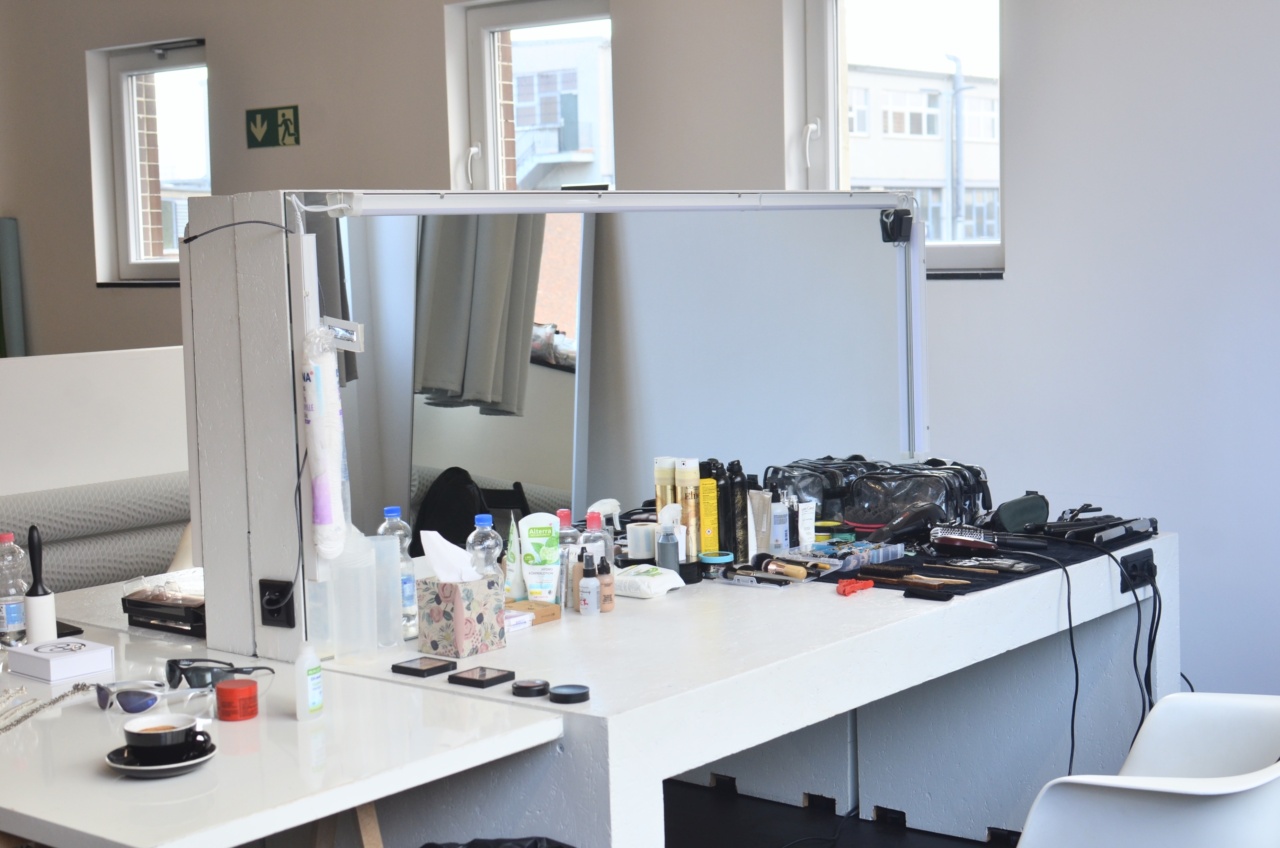Eyesight is one of our most precious senses, allowing us to navigate the world and experience its beauty. Taking care of our eyes is essential to maintain good vision and overall eye health.
While we often focus on external factors like screen time or UV exposure as potential threats to our eyes, we may not realize that our everyday makeup routine can also impact our eyesight.
1. Eye Makeup and Eye Infections
Many of us start our day by carefully applying eye makeup, whether it’s mascara, eyeliner, or eyeshadow. However, when not used or stored properly, eye makeup can become a breeding ground for bacteria.
This can lead to eye infections such as conjunctivitis (pink eye) or styes. These infections can cause redness, itchiness, swelling, and in some cases, even temporary vision impairment.
2. Allergic Reactions to Eye Makeup
Some individuals may develop an allergic reaction to certain ingredients commonly found in eye makeup products. These allergic reactions can lead to symptoms like itching, redness, swelling, and even blurry vision.
It is important to be aware of any allergic reactions you might have to specific ingredients and choose makeup products accordingly.
3. Irritation from Eye Makeup
Even if you are not allergic to any specific ingredients, certain eye makeup products can still cause irritation. This irritation can manifest as redness, burning or stinging sensation, watery eyes, and sensitivity to light.
Extended use of irritating eye makeup products can potentially damage the delicate tissues around the eyes and affect your eyesight over time.
4. Mascara and Eye Health
Mascara is a staple in many people’s makeup routines, enhancing the appearance of our lashes. However, improper application or use of expired mascara can pose risks to our eye health.
Applying mascara too close to the base of the lashes or using an old mascara wand can introduce bacteria to the eyes, leading to infections. Additionally, clumpy mascara can cause the lashes to stick together, putting strain on the lash follicles and potentially affecting the growth and health of the eyelashes.
5. Eyeliner and Eye Safety
Eyeliner is commonly used to define the eyes and create different looks. However, applying eyeliner to the waterline or inner rim of the eye can increase the risk of eye infections and irritation.
The close proximity of the eyeliner to the tear ducts and sensitive tissues can introduce bacteria or irritants to the eyes. Opting for eyeliner formulations that are specifically labeled for use on the lash line, rather than the waterline, can help reduce these risks.
6. Eyeshadow and Eye Inflammation
Eyeshadow can enhance the appearance of our eyes, but improper use or low-quality products can lead to eye inflammation.
Low-quality eyeshadows may contain harmful ingredients or irritants that can cause redness, swelling, and discomfort in the eye area. It is essential to prioritize high-quality eyeshadows and remove them completely before sleeping to minimize the risk of eye irritation and inflammation.
7. False Lashes and Eye Injuries
False lashes have gained popularity as a way to achieve voluminous lashes. However, applying or removing false lashes without caution can result in eye injuries.
The glue used to attach false lashes can accidentally come into contact with the eyes, causing irritation and potentially leading to corneal abrasions or injuries. It is crucial to be careful when using false lashes and seek professional help if needed.
8. Makeup Removers and Eye Sensitivity
Properly removing makeup at the end of the day is just as important as applying it correctly. However, some makeup removers can be harsh on the sensitive skin around the eyes.
Using products with harsh chemicals or excessive rubbing can lead to skin irritation, dryness, and redness. Choosing gentle and eye-safe makeup removers is essential to avoid any negative effects on your eyesight.
9. Contact Lenses and Makeup
If you wear contact lenses, it’s crucial to take precautions while applying makeup. Contact lenses should always be inserted before applying eye makeup to minimize the risk of contamination.
It is also important to choose eye makeup products that are labeled safe for contact lens wearers. Avoid applying makeup directly on the contact lenses or the inner rim of the eye to prevent potential discomfort or eye complications.
10. Tips for Eye-Safe Makeup Application
While there are potential risks associated with everyday makeup routines, taking some simple precautions can help protect your eyes and maintain good eye health:.
- Always wash your hands before handling any eye makeup products.
- Regularly clean and replace your makeup brushes and applicators to minimize bacterial growth.
- Avoid sharing eye makeup products to prevent the spread of bacteria or infections.
- Check the expiration dates of your eye makeup products and discard any past their prime.
- If you experience any signs of eye irritation, discomfort, or infection, discontinue use of eye makeup and consult with an eye care professional.
- Remove your makeup completely before going to bed to allow your eyes to rest and breathe.
- Choose high-quality eye makeup products from reputable brands that prioritize safety and eye health.
- If you have specific allergies or sensitivities, carefully read the ingredient lists of eye makeup products to avoid potential triggers.
- Consider opting for natural or hypoallergenic eye makeup products if you have sensitive eyes or a history of allergies.
- When in doubt, consult with an eye care professional for personalized guidance and recommendations.
Conclusion
Your everyday makeup routine can have an impact on your eyesight and overall eye health.
By being aware of the potential risks associated with eye makeup and taking the necessary precautions, you can continue to enjoy the benefits of cosmetics without compromising your vision. Prioritizing eye safety, hygiene, and using high-quality products will help keep your eyes healthy and beautiful.


























